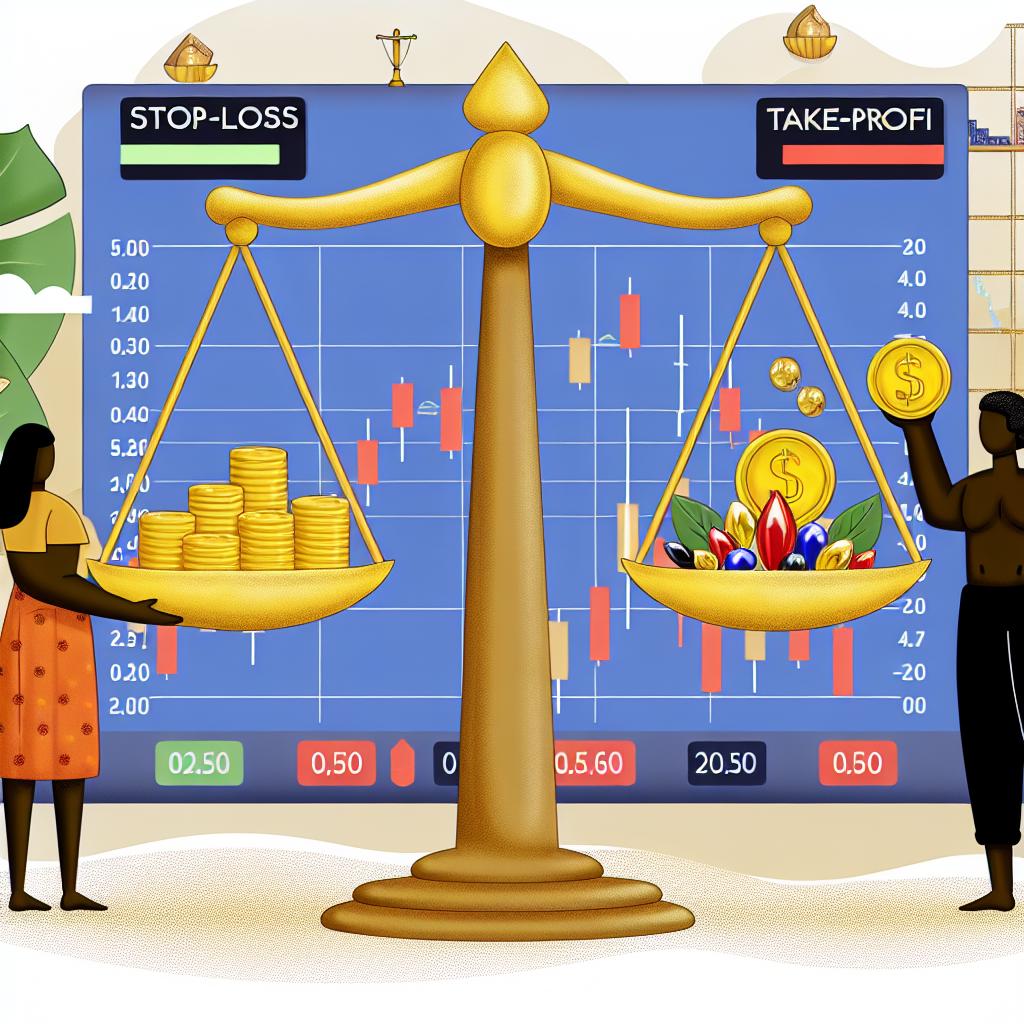Understanding Stop-Loss and Take-Profit Orders in CFD Trading
Contracts for Difference (CFDs) are innovative financial instruments that enable traders to engage in speculation on price fluctuations of assets without actually owning those assets. This characteristic makes CFDs particularly appealing to traders looking to capitalize on market movements. Within the realm of CFD trading, some essential tools can profoundly impact the management of financial risk as well as the maximization of potential returns. Among these tools, the utilization of stop-loss and take-profit orders stands out as pivotal in the development and implementation of effective risk management strategies.
What is a Stop-Loss Order?
A stop-loss order operates as an automatic safeguard for traders. It is an instruction set in advance to close a trading position once the price of the corresponding asset hits a predefined threshold. This threshold is strategically placed below the current market price when dealing with long positions, or conversely, above the current market price for short positions. The primary objective of a stop-loss order is to curtail potential losses, effectively acting as a financial safety net. By setting a stop-loss, traders can shield their positions from significant financial setbacks during unfavorable market movements.
How Does a Stop-Loss Order Work?
The mechanism behind a stop-loss order is relatively straightforward but highly effective. When the market price reaches the specified stop-loss level, the trading platform is triggered to automatically execute the order, closing the position in question. This automation ensures quick action, typically occurring without any need for intervention from the trader. However, it is crucial for traders to bear in mind the potential impact of market conditions, as extremely volatile market environments can lead to a phenomenon known as slippage. Slippage refers to the small discrepancies that might arise between the intended stop-loss level and the actual execution price.
What is a Take-Profit Order?
In contrast to a stop-loss order, a take-profit order is designed to secure favorable outcomes in a trading scenario. It represents an automatic directive to close a trading position once a predetermined profit milestone has been reached. For long positions, this level is set above the current market price, whereas for short positions, it is set below. The primary intention behind a take-profit order is to lock in gains when market dynamics are favorable, thereby shielding the profits from potential future downturns in the market.
How Does a Take-Profit Order Work?
The operational functionality of a take-profit order mirrors that of a stop-loss order. When the asset’s price attains the desired target, the trading platform automatically triggers the execution of the order to close the position. This feature provides a significant advantage for traders, allowing them to capitalize on profitable trades without the necessity of constant market surveillance. Despite its benefits, traders should remain cognizant of the market conditions, as slippage can similarly affect the execution of take-profit orders.
Integrating Stop-Loss and Take-Profit Orders in Trading Strategy
Incorporating stop-loss and take-profit orders into one’s trading strategy is not just advisable but essential for those seeking to enhance their ability to manage financial risks efficiently and secure profits systematically. Below are some key considerations to ensure these orders are effectively integrated into trading strategies:
Setting Appropriate Levels
One of the most critical tasks when utilizing stop-loss and take-profit orders is determining the correct levels at which to set them. This process requires a nuanced understanding of personal financial goals as well as the broader market conditions. Factors such as asset volatility, recent market news, and individual risk tolerance should be carefully weighed when setting stop-loss and take-profit levels. A well-calibrated approach can greatly diminish the risk of unpredictable losses while securing desired profits.
Adjusting Orders According to Market Dynamics
The financial markets are inherently fluid, characterized by rapid and sometimes unexpected changes. Therefore, it is imperative for traders to periodically review and, if necessary, adjust their stop-loss and take-profit orders. This adaptability ensures that traders can not only mitigate emerging risks but also seize new opportunities that present themselves amidst dynamic market conditions. Being adaptable in this manner can significantly influence overall trading success.
Conclusion
The use of stop-loss and take-profit orders in CFD trading represents a structured and disciplined approach to effective trade management. By proactively setting these orders, traders lay out a strategic plan to mitigate risk exposure and secure profits, all without the constant need to monitor the market. Tailoring these orders to fit individual trading strategies and respond adeptly to market conditions enhances overall trading effectiveness. Hence, their integration into trading strategies is pivotal to achieving positive trading outcomes and capitalizing on market opportunities. By systematically implementing stop-loss and take-profit orders, traders can navigate the complexities of CFD trading with a greater degree of confidence and control.
This article was last updated on: May 29, 2025







